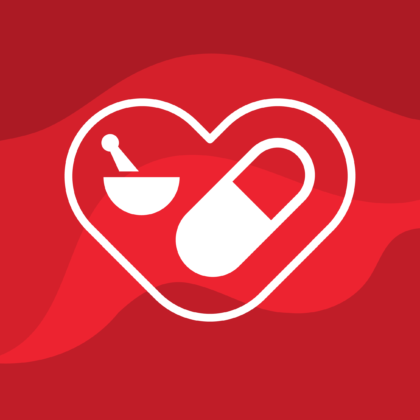Diabetes affects 422 million people globally, and it is one of the leading causes of death! It’s also a major cause of renal failure, heart attacks, and strokes! Diabetes is a chronic condition in which the level of your blood glucose (sugar) level rises. Because your body cannot produce enough insulin or can utilize it.
Anyone who have diabetes symptoms should be checked; especially that type 2 symptoms are often less obvious, though they are similar to those of type 1 symptoms. As a result, it may not be detected until years after complications have occurred! The test aim to early diagnosis, which helps in the treatment and the prevention of complications
The following groups should get routine testing:
Doctors will examine your symptoms and request a blood test to check your blood sugar levels before diagnosing. Tests include:
The test measures your blood glucose level to get the most reliable results. It is recommended to perform this test in the morning, after fasting for at least 8 hours. Fasting includes abstaining from eating and drinking except for drinking water.
A1C test to provide the average blood sugar levels during the last three months. Unlike fasting plasma glucose test, you can eat and drink before doing this test. Usually, your doctor will consider factors such as your age and whether you have anemia.
A1C is expressed as a percentage, such as 7%. The higher the ratio, the higher the blood glucose levels on average. It’s also the major test used to help you and your doctor in managing your diabetes.
When signs of diabetes appear and doctors do not want to wait till fasting, they may perform a random plasma glucose test. You can perform this test at any time.
Although there is no cure for diabetes, you can control the symptoms and maintain a healthy blood glucose level. Treatment includes diet, physical activity, blood pressure monitoring, smoking cessation, and blood glucose management by adhering to your doctor’s treatment plan. You can send your prescription to order your medicines.
Also, the patient needs:
In conclusion, performing a regular check-up and following a healthy lifestyle are the key to be in a good health.











